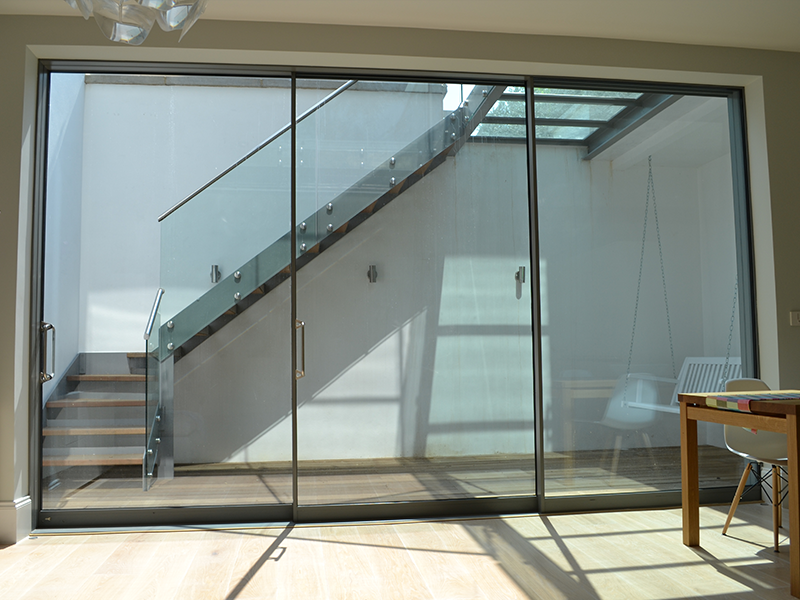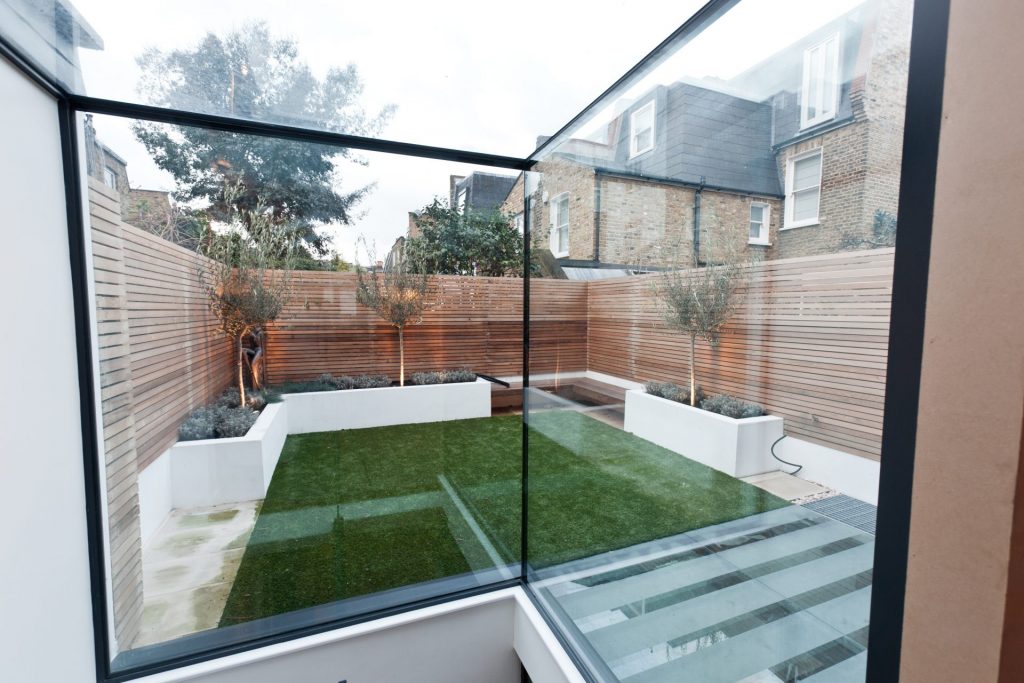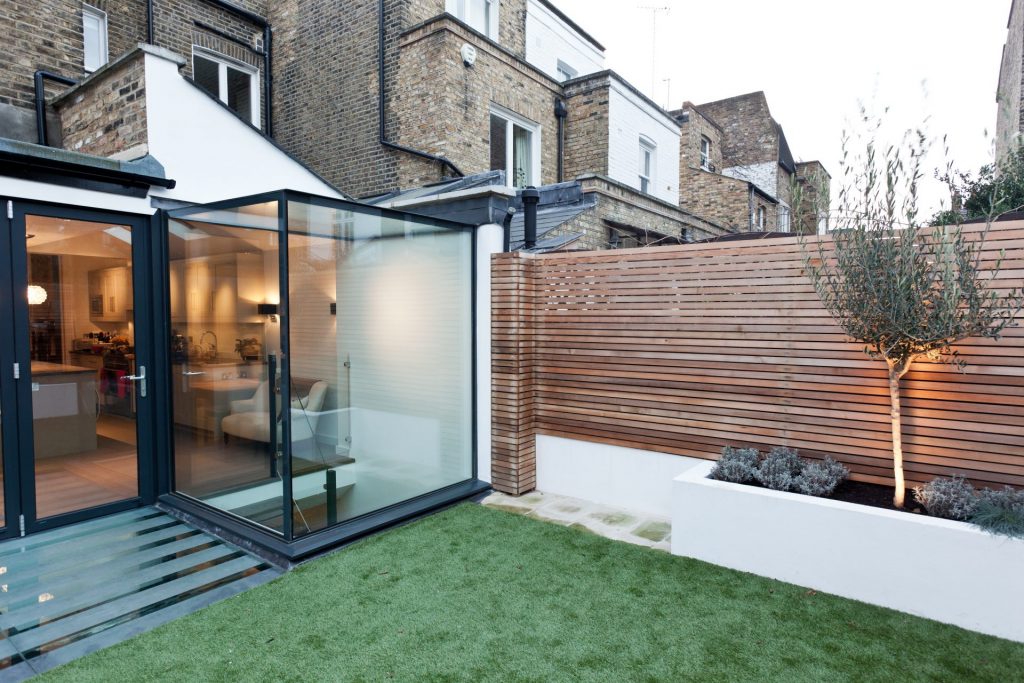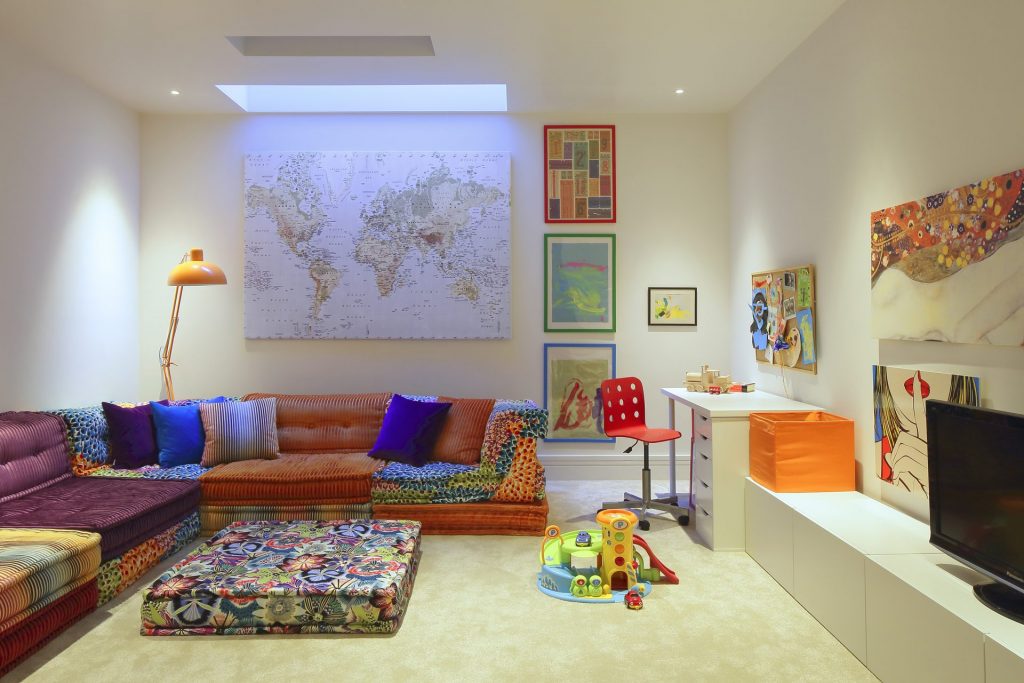Over the last ten years Shape Architecture has designed over thirty basement extension projects.
These projects very often include works to the whole house and a variety of other extensions. We have undertaken basement projects to Family Houses, Mews Properties, Ground Floor Flats, Listed Buildings and below rear gardens. These projects are located in various London boroughs. It is this depth of experience that underscore Shape Architecture’s expertise in the design of London basement extensions
5 tips for a Basement Extension
Tip 01. Basement Stair
The basement stair is key in that it links the extension to the house and ensures that the basement is well integrated into the property. There are typically two approaches and we have designed many basements using either. One approach being the formation of a statement stair that might be located in a large kitchen and dining space and if located below a roof extension would then have a large rooflight set over it. In this way as you walk up from the basement you can see the sky. We have also designed several basement extensions where the stair is located in a glass cube which projects into the garden. This provides for an interesting experience in all weathers when walking up and down the stair.
Another approach is to follow the flow of the existing stairs and this can work well also. Here the detailing of the stair and stair edge can provide for an interesting composition.
Tip 02. Basement Lightwell
The basement lightwell is a key feature of all basement extensions. They are typically located at the front and rear of the property and in several projects there is a also a third lightwell located in the middle of the property which serves to bring natural light and ventilation into the heart of the project. The rear lightwell is often formed with glass platform or bridge over it allowing access to the garden from the ground floor. Often a stair is incorporated from the lightwell giving direct access to the garden and this too can be framed with a glass balustrade. The front lightwell is typically smaller and topped with a steel grating.
Tip 03. Basement Layout
Having designed many London basement extensions we have a wide portfolio of basement layouts. A typical pattern has large family room to the rear with back of house Utility rooms, Bathrooms and storage at the mid-section of the plan and a media room or similar at the street side.
Tip 04. Basement Headroom
Our thought is that the analysis of headroom should really be one of the volume of the space informed also by its openness and the views that can be had. It is rare for a floor to ceiling height to be less than 2750 mm. Heights such as 2900mm work well and any higher the space will feel noticeably generous in headroom.
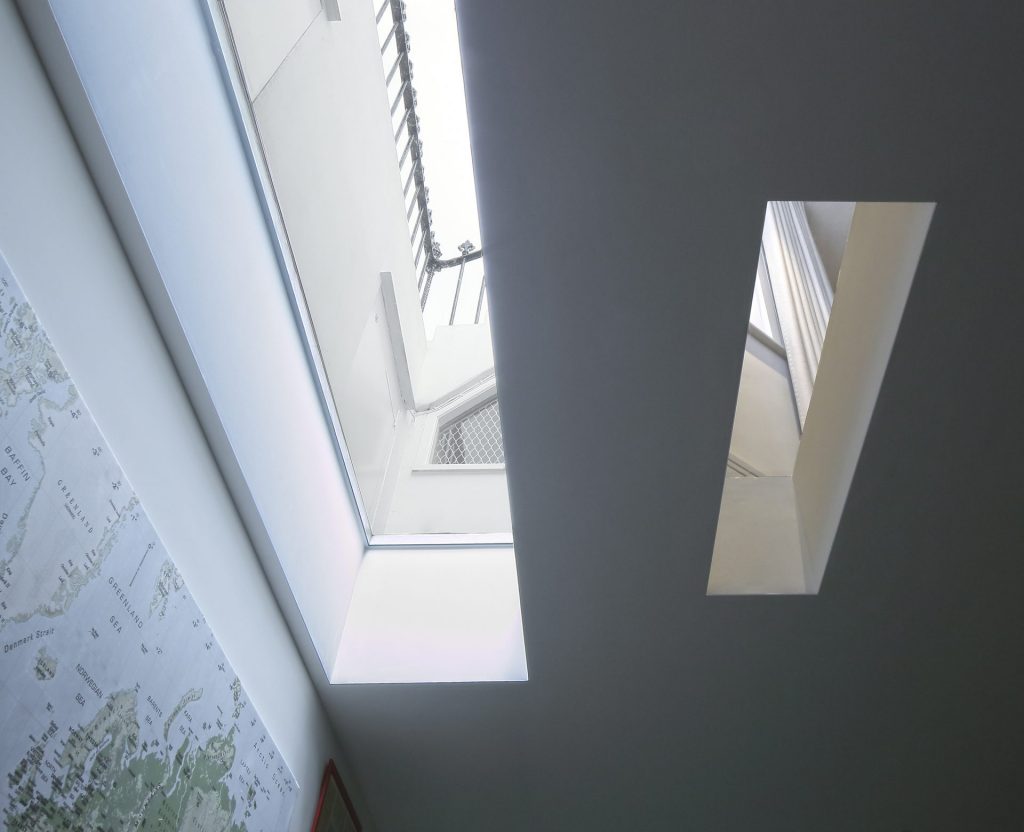
Tip 05. Basement Tanking
The tanking of a basement is clearly a fundamental technical issue. It is important that the basement tanking is installed by a certified installer and that a warrantee is then provided by the installer. We typically use RIW or Delta Membrane products. Related to the tanking is the sump and pump units that serve to gather and pump out any water ingress and these are variously located in the Utility Room or Lightwell.
